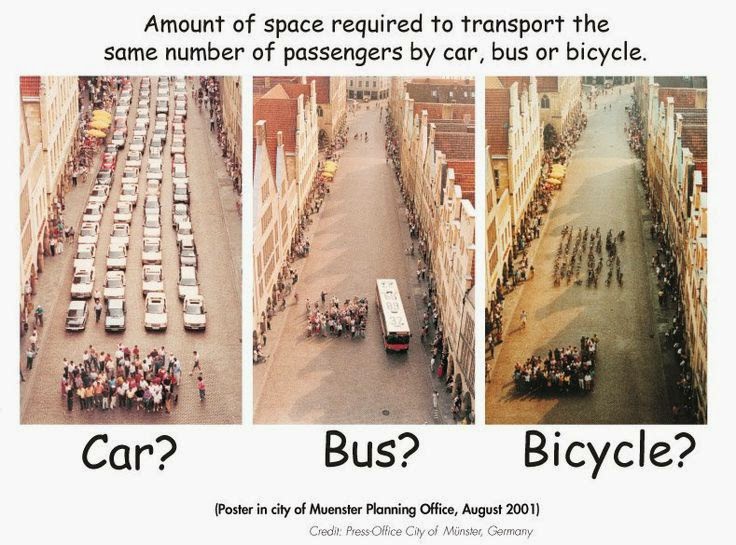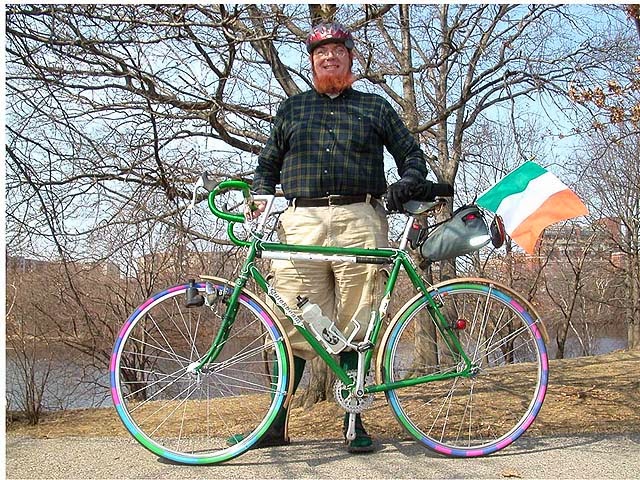The other day I wrote about Skycycle, an elevated bicycle highway proposed for London.
When I looked at the artist's rendition of it, I couldn't help but to think about Futurism, which began in Italy early in the twentieth century. Artists, designers, architects, musicians writers and even fashion designers and gourmet chefs wanted to "free" Italy from the "shackles" of its history.
The chefs and food critics associated with the movement even wanted to convert Italians from eating pasta to eating rice!
The visions of the future presented by creative people associated with the movement sometimes look like episodes of The Jetsons--which is especially striking when you consider motion pictures were just past their naissance and television was about half a century in the future.
What ruined it for a lot of people, though, is that Benito Mussolini embraced it as part of his vision of reforming "a nation of illiterate peasants, manual labors, waiters, barbers and tourist guides". Also, a paralell movement developed in Russia (and in the nascent Soviet Union). Thus, futurism would be bound, in many people's minds, with fascism or other kinds of totalitarianism.
The irony is that when Futurism was embraced--admittedly, by relatively few--in the United States, the resulting designs were lavish--almost a post-modern baroque, if you will.
This "Spacelander" bike was designed by Benjamin G. Bowden and made by Bomard Industires during the early 1960's. Only 500 or so were ever sold; now they are sought by collectors.

































